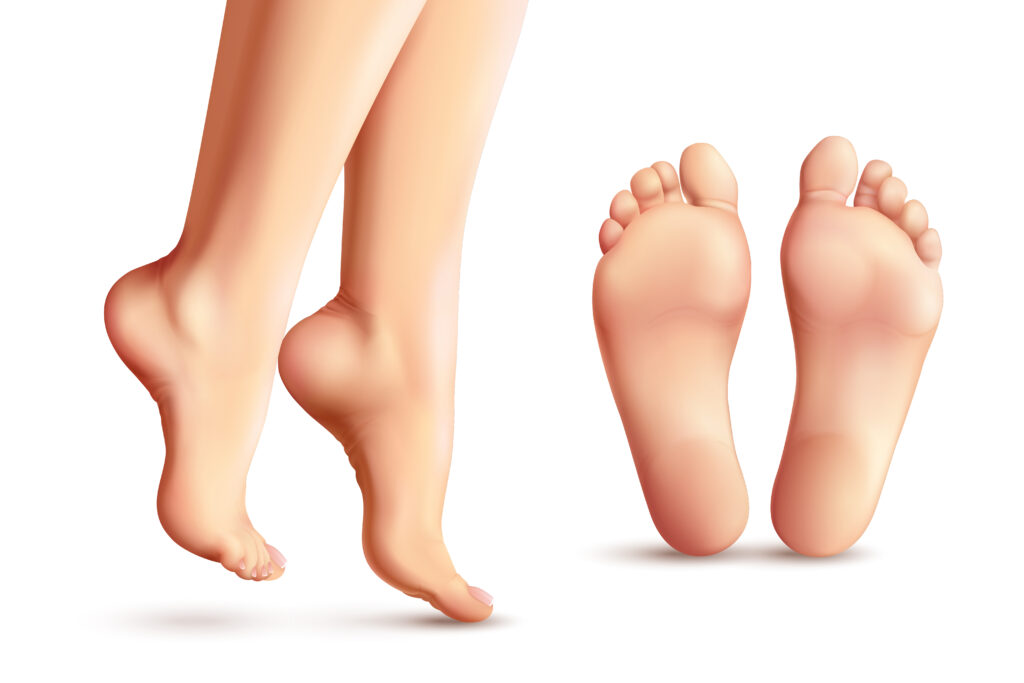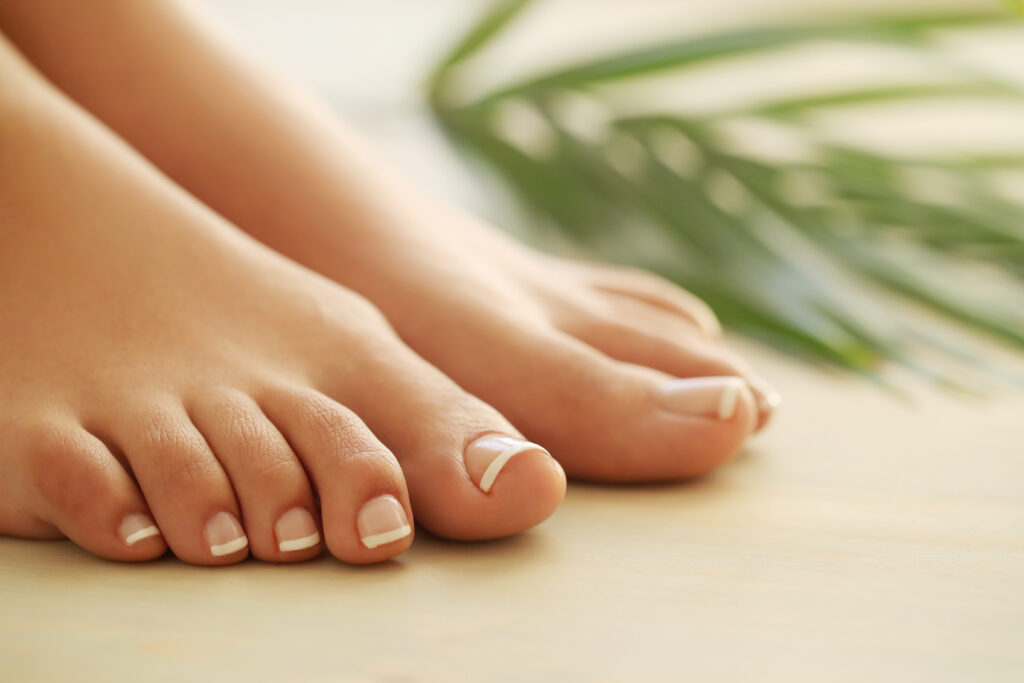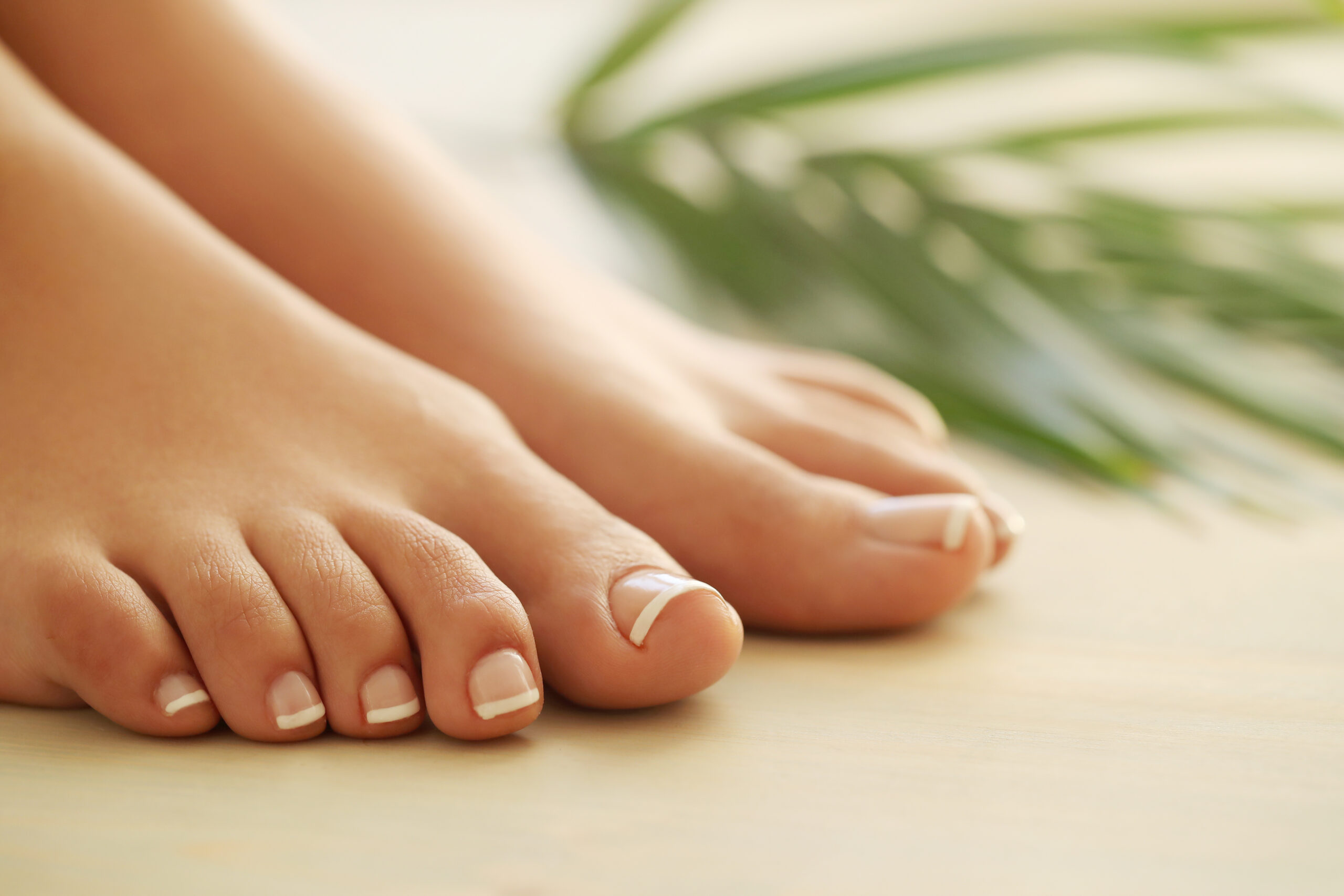
Sadly, in relation to our body’s general well-being, we sometimes do not spare much thought about our feet. This is not just about appearance, but efficient functioning, and our overall well-being is tied to how healthy our feet are. In this guide, we will focus on the primary recommendations of foot care, so that you can always put on comfortable shoes.
Understanding the Importance of Healthy Feet
Our feet bear and distribute our body weight, help maintain our balance, and enable a number of tasks ranging from walking to jogging. Having poor foot care can easily develop complications including pain, infection, and long-term problems. The following steps should be taken into practice to help keep your feet healthy.
1. Choose the Right Footwear
One of the most critical factors in maintaining healthy feet is wearing the right shoes. Here are some tips to consider:
- Fit Matters: Shoes should be neither too tight nor too loose because it would be uncomfortable to wear shoes that are too tight and equally it would be uncomfortable to walk with shoes that are too loose. For foot comfort, there should be enough space for the toes to have a little dance.
- Support: There has to be proper arch support in shoes that we intend to purchase. This is especially so for the people who have flat feet or who have high arches on their feet.
- Cushioning: Choose shoes with sufficient shock absorbers in order not to exert enormous pressure on the feet.
- Breathability: Leather and mesh can be used: this way air circulates, keeping your feet dry and comfortable.
2. Practice Good Hygiene
Maintaining healthy feet also involves good hygiene practices:
- Daily Washing: Wash your feet every day with soap and water and then make sure you dry them, particularly around the area between the toes.
- Moisturizing: Use a good foot cream or any moisturizer to make your skin beautiful and healthy. This is because the membranes avoid cracking and consequent formation of areas that tend to develop dryness and hence become infected.
- Nail Care: Reduce your toenails, always cut in line with the toe, and make sure to avoid having sharp edges. If you detect any of these symptoms, then you should seek further medical advice.
3. Keep an Eye on Your Feet
Regular self-examinations are crucial for maintaining healthy feet:
- Check for Changes: Always pay attention to the changes in color, texture, or shape of your feet. They should not be left unattended and are swollen, red, or painful for a long time after exercise.
- Watch for Calluses and Corns: These can show tension or pressure. If they become painful, it is wise to pay a visit to a professional.
- Diabetes Awareness: People with diabetes should inspect their feet daily for blisters, cuts, or sores that may be a sign of diabetic neuropathy.
4. Stretch and Strengthen Your Feet
Incorporating foot exercises into your routine can enhance flexibility and strength:
- Toe Flexes: Take a seat identify the muscles at the bottom of the legs, and try to rotate or bend the toes for some time. Take 10 seconds before the repetition and repeat the procedure several times.
- Marble Pick-Up: Lay marbles on the floor and try to pick them with toes only. It helps to strengthen the muscles at the sole of your feet.
- Heel Raises: Get on your feet and gently raise your heels from the floor, then return your heels to the ground. You need to position your feet like in the photo below, and then you jump, which works the calves and helps to develop balance.
5. Maintain a Healthy Weight
If you are overweight, there will be extra stress on the feet that cause distress. Keeping one’s body weight and diet in check goes hand in hand with fitting the body and health and is a key determinant of good foot health.
6. Invest in Quality Socks
Not all socks are created equal when it comes to foot health:
- Material Matters: Select appropriate hosiery that helps in absorbing sweat and does not cause blisters to your feet. Nothing that holds moisture such as cotton should be worn.
- Cushioned Socks: Search for more padding near the sole because people with foot problems or who are on their feet for most of the day require this.
7. Use Foot Pads and Orthotics
If you experience foot pain or discomfort, consider using foot pads or custom orthotics:
- Arch Supports: These can assist in easing pain for those who have fallen arches or are what is referred to as having high arches.
- Heel Cushions: They can for example be effective for plantar fasciitis.
8. Regular Foot Massage
A simple and enjoyable way to promote healthy feet is through regular foot massages:
- DIY Massage: Rub the routine by pressing the palm of your hands or a massage ball on the soles of your feet where you feel tender.
- Professional Help: If the pain is still not relieved, then he or she should go to a professional massage therapist.
9. Stay Hydrated
Proper hydration is essential for overall health, including your feet. Drinking enough water helps keep your skin hydrated and can prevent issues such as dry, cracked heels.
10. Be Mindful of Your Activity Levels
Pay attention to the activities you engage in and how they affect your feet:
- Cross-Training: If you’re a runner, incorporate different types of exercise to avoid overuse injuries. Cycling and swimming are excellent low-impact alternatives.
- Rest Days: Allow your feet to recover after intense activity. This helps prevent strain and fatigue.
Common Foot Problems and Solutions
Even with the best care, foot problems can arise. Here are some common issues and tips for managing them:
Plantar Fasciitis
This condition, characterized by heel pain, can be managed by:
- Stretching: Focus on calf and foot stretches.
- Ice Therapy: Apply ice to the affected area to reduce inflammation.
Bunions
These painful bumps at the base of the big toe can be managed by:
- Proper Footwear: Avoid tight shoes that exacerbate the condition.
- Surgical Options: In severe cases, consult a podiatrist for surgical solutions.
Athlete’s Foot
This fungal infection thrives in moist environments. To prevent it:
- Keep Feet Dry: Change socks regularly and use footpowder.
- Avoid Sharing Footwear: Don’t share shoes or socks to reduce the risk of infection.

When to Seek Professional Help
It is recommended to see a doctor if you constantly have pain, swelling, or other signs that seem suspicious. In most cases, there are some early signs of the illness whose treatment can prevent complications and health of the feet.
